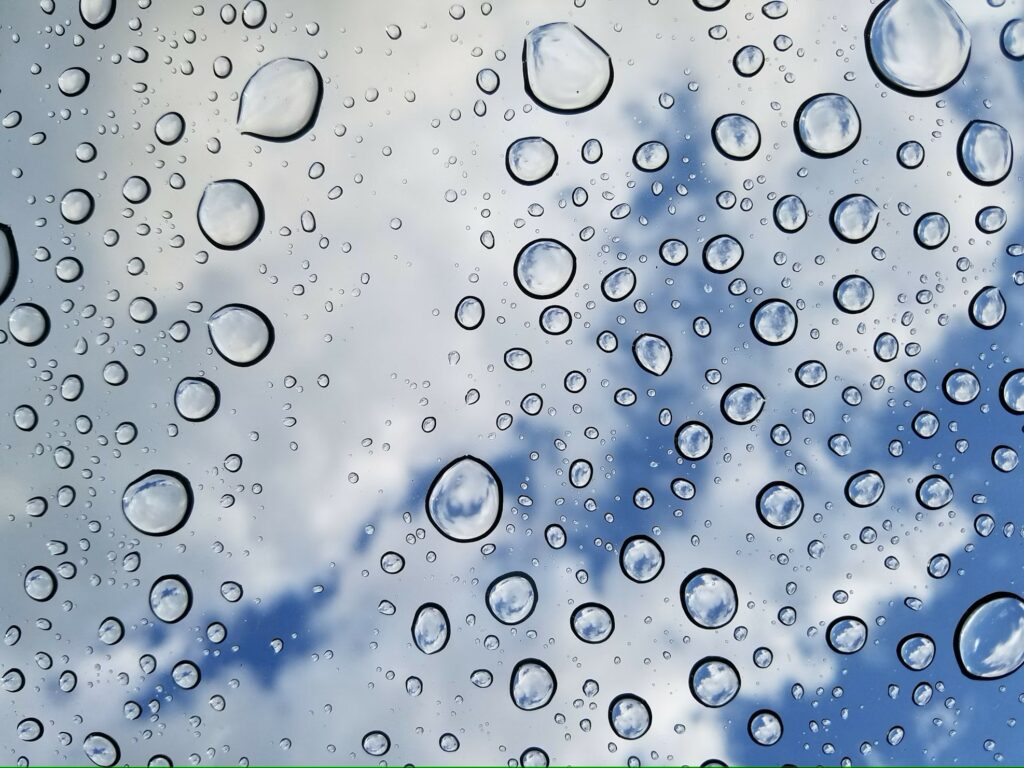
The Research Institute for Geo-Hydrological Protection of the National research council in Perugia (IRPI-CNR) has recently conducted a study that led to the development of an innovative “digital twin”, i.e. a virtual model of a physical object that can be tested indefinitely without causing any real damage. These models can simulate the best and worse scenarios, assess risk and monitor the development of dangerous conditions before they actually occur.
The “Digital twin” created by IRPI-CNR, the study of which was published in Frontiers in Science, replicates the water cycle on Earth through high-resolution satellite observations.
This is a unique model developed within the “Digital Twin Earth Hydrology” project, funded by the European Space Agency (ESA) that will help optimize water resources management and mitigation of water-related natural disasters. Along with ESA, 11 partners from all over Europe, including Italian universities of Bologna, Genova and Perugia, have contributed to the project development.
“The advancing climate crisis and the increasing human impact on the water cycle have made access to advanced simulation tools crucially important: the platform we developed is, in fact, a “digital twin” of our planet, a virtual replica that provides a test environment that anyone can use to effectively manage water resources,” explained Luca Brocca, CNR-IRPI researcher and lead author of the study. “Phenomena such as floods and droughts are still difficult to predict: our goal is to create a system that helps non-experts, including political decision-makers and citizens, to run interactive simulations”.
At the moment, the project specifically applies to the cycle of Earth water in the Mediterranean basin and a huge amount of satellite and terrestrial data are being used. “High-resolution Earth simulation is very complex: this is why we initially focused on a limited, albeit large, area, taking into account a wide range of parameters,” added the researcher.
“In hydrogeology, having a digital twin of the Earth will provide valuable and useful information for sustainable water management, resilience to disasters, population protection, thus contributing to sustainable development. This project is an example of effective synergy among satellite missions, which shows that science can help manage the effects of climate change and other human impacts: in this scenario, artificial intelligence and machine learning will play a fundamental role, gradually supporting us improving the data analysis, collection and processing speed, as well as simplifying quality control,” Luca Brocca concluded.
Additional information is available in the article “The Digital Twin Earth Hydrology Platform” published in Frontiers in Science.
A video is available here.

